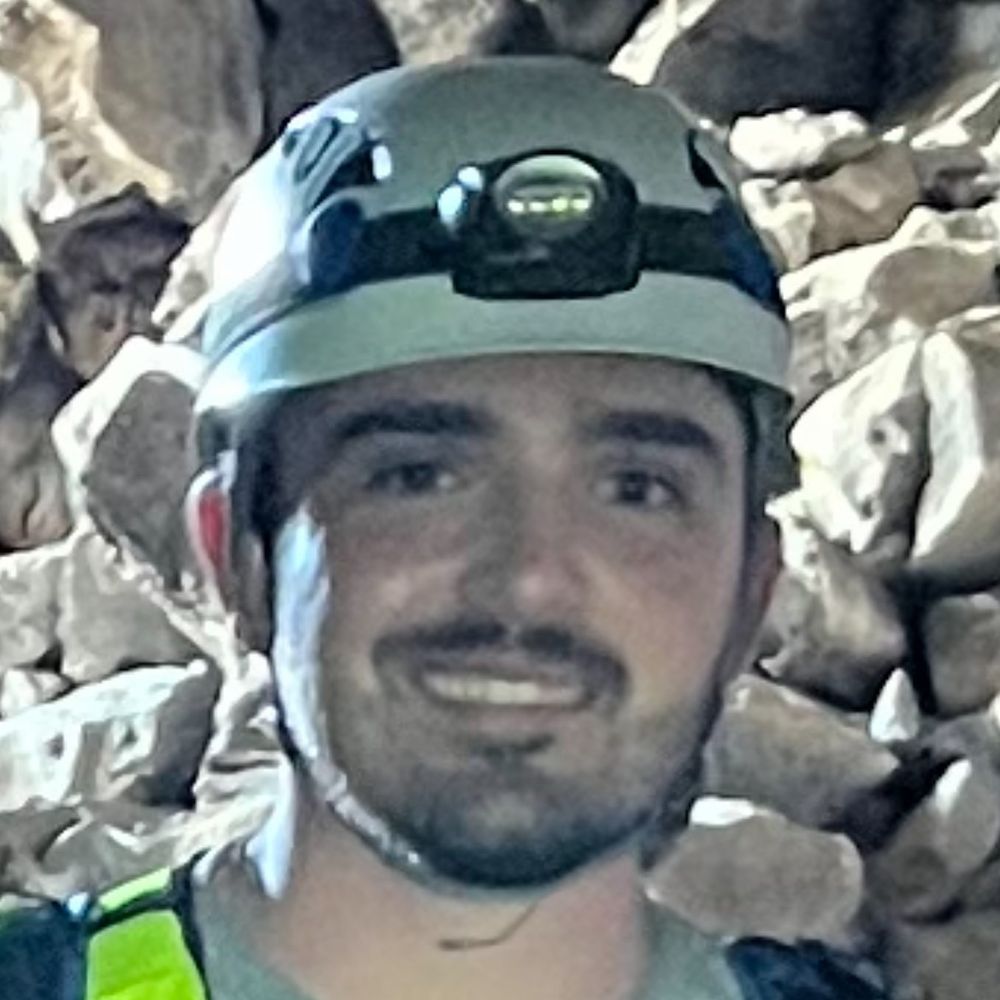
Jacob Giles
University of Maryland
Imaging The Shallow Subsurface for Lunar Exploration Using Seismic Surface Waves
Ground-based geophysical exploration of the Moon has been identified as high priority science in the next decade to be accomplished by landed geophysical networks, payloads manifested on commercial landers, and with instruments deployed by crews at the lunar surface. In particular, in-situ seismic experiments will be important for probing the near subsurface and deep internal structures of the Moon. Surface waves are widely used in a variety of earth-based surveying methods for earthquake tomography, void detection, resource identification, and geophysical & engineering site characterization. My research focuses on using geophysical analog studies of surface waves in terrestrial complex media to demonstrate how these waves can be potentially useful for near-surface exploration on the Moon.
The field site for this research is located in the San Francisco Volcanic Field (SFVF) and represent a basaltic lunar analog environment. Active source seismic surveys using 3-component nodal seismometers and vertical component geophones are used to probe and image near-surface volcanic structures. My research uses surface wave methods, such as multichannel analysis of surface waves and full-waveform inversion, in order to constrain the 2D shear velocity structure in the shallow subsurface. I also use synthetic reflectivity modeling to study how different survey receiver spacing and geometries influence surface wave signal resolution and the effect of spatial aliasing. Figure 1 shows the initial results of the spatial aliasing analysis using a complex synthetic model that is based on raw SFVF nodal data. It is apparent that as the spacing between receivers is increased, the effect of fundamental mode aliasing begins to dominate the surface wave signals causing difficulty for traditional dispersion curve picking methods. Future lunar analog studies are crucial for understanding the constraints and logistics involved with collecting good, workable seismic data on the lunar surface.

Figure 1: Complex synthetic reflectivity model showing how spatial aliasing of the fundamental mode becomes more dominant as receiver spacing is increased. The dotted red lines represent the fundamental mode of the Rayleigh wave.